Home>Articles>Ideally Which Should Be Used To Extinguish A Chimney Fire
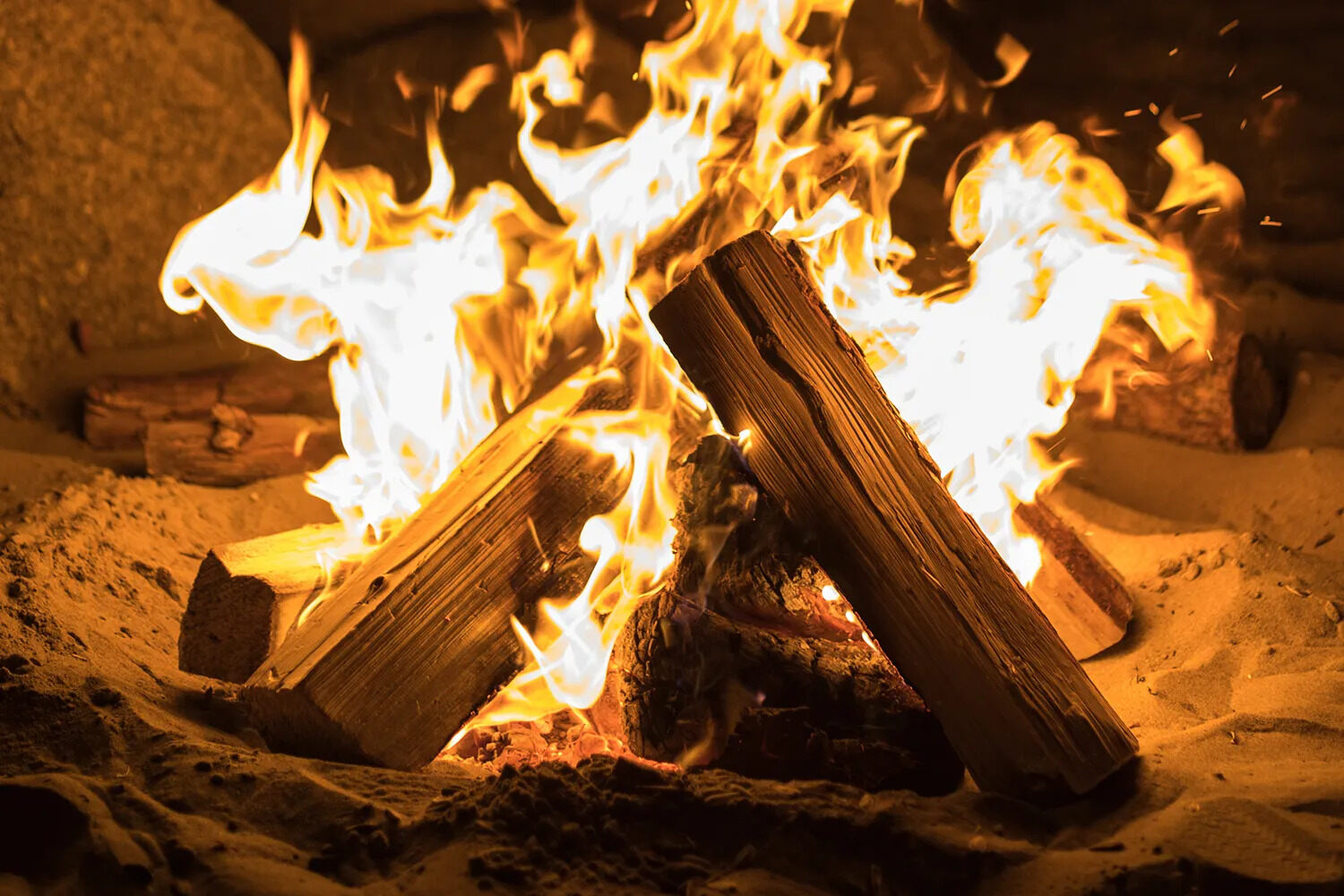

Articles
Ideally Which Should Be Used To Extinguish A Chimney Fire
Modified: December 7, 2023
Discover the best articles on extinguishing chimney fires. Learn about the ideal methods and tools to keep your home safe.
(Many of the links in this article redirect to a specific reviewed product. Your purchase of these products through affiliate links helps to generate commission for Storables.com, at no extra cost. Learn more)
Introduction
Welcome to our comprehensive guide on choosing the ideal fire extinguisher to tackle a chimney fire. Chimney fires can be dangerous and devastating if not handled properly, so it’s crucial to have the right fire extinguisher on hand.
Chimney fires occur due to the buildup of creosote—a flammable substance that accumulates on the inside of the chimney. When the creosote ignites, it can quickly lead to a roaring fire that poses a serious threat to your home and safety.
In this article, we will explore the different types of fire extinguishers available and discuss their effectiveness in extinguishing chimney fires. We will also delve into the primary considerations you need to keep in mind when selecting a fire extinguisher for this specific purpose.
It’s important to note that before attempting to extinguish a chimney fire, you should always contact the fire department and evacuate everyone from the premises. Your safety and the safety of others should be the top priority.
Now, let’s dive into the details and find out which type of fire extinguisher is best used to tackle a chimney fire.
Key Takeaways:
- Choose a dry chemical or carbon dioxide fire extinguisher for chimney fires. Avoid water due to steam explosions. Prioritize safety and contact the fire department before attempting to extinguish the fire.
- Consider primary factors like size, discharge time, and reach when selecting a fire extinguisher. Always have an escape plan and prioritize safety precautions for chimney fires.
Read more: How To Store Fire Extinguishers
Understanding Chimney Fires
Before we discuss the different types of fire extinguishers suitable for chimney fires, it’s essential to understand how these fires occur and the potential dangers they present.
A chimney fire is a fire that occurs within the chimney structure. It is typically caused by the ignition of creosote—a sticky, tar-like substance that forms when wood or fossil fuels are burned. Over time, creosote builds up on the inside walls of the chimney, creating a hazardous condition.
There are two main types of chimney fires: a slow-burning fire and a rapid-burning fire.
A slow-burning fire is characterized by a deep rumbling or low-pitched thundering sound coming from the chimney. This type of fire may not produce visible flames, but it can generate intense heat, causing damage to the chimney structure and nearby combustible materials.
A rapid-burning fire, on the other hand, is more dramatic. It generates loud cracking and popping sounds and can produce large flames and dense smoke. Rapid-burning chimney fires can quickly spread to other parts of the house and cause significant property damage.
Chimney fires can result from a variety of factors, including improper installation or maintenance of the chimney, burning unseasoned or wet wood, and using flammable materials to start the fire. Regular chimney inspections and proper chimney maintenance are crucial in preventing chimney fires.
It’s important to recognize the signs of a chimney fire, such as a strong, smoky smell, dense smoke coming out of the chimney, or sparks and embers visible from the top of the chimney. If you suspect a chimney fire, it is crucial to take immediate action to protect yourself and your property.
Now that we have a better understanding of chimney fires, let’s explore the different types of fire extinguishers that can be used to effectively tackle these dangerous situations.
Types of Fire Extinguishers
When it comes to choosing a fire extinguisher to combat chimney fires, there are several types to consider. Each type of fire extinguisher is designed to handle specific types of fires, so it’s crucial to select the right one for chimney fires.
The most common types of fire extinguishers for home use include:
- Water fire extinguishers
- Dry chemical fire extinguishers
- Carbon dioxide (CO2) fire extinguishers
- Foam fire extinguishers
- Halon fire extinguishers
Let’s take a closer look at each type and see how effective they are in extinguishing chimney fires.
1. Water fire extinguishers
Water fire extinguishers are the simplest and most commonly used type of fire extinguisher. They are effective in extinguishing ordinary combustible fires, such as wood or paper. However, they are not suitable for chimney fires because water can create a steam explosion when applied to a hot chimney. This can cause further damage and spread the fire.
2. Dry chemical fire extinguishers
Dry chemical fire extinguishers are versatile and can be used for different types of fires, including chimney fires. These extinguishers typically contain a dry powder, such as monoammonium phosphate or sodium bicarbonate, which can smother the flames and interrupt the chemical reaction of fire. It’s important to check the label to ensure the extinguisher is suitable for Class A and Class C fires, as these are the relevant classes for chimney fires.
Read more: How To Start A Fire In Chimney
3. Carbon dioxide (CO2) fire extinguishers
Carbon dioxide fire extinguishers are effective in extinguishing chimney fires. These extinguishers work by displacing oxygen and cooling the surrounding area, effectively suffocating the fire. They leave no residue, making them a suitable choice for tackling chimney fires without causing additional mess or damage.
4. Foam fire extinguishers
Foam fire extinguishers are primarily designed for Class A and Class B fires. Class A fires involve ordinary combustible materials like wood, while Class B fires involve flammable liquids, such as oil or gasoline. While foam fire extinguishers can be effective in extinguishing chimney fires, they may not be as ideal as dry chemical or CO2 extinguishers.
5. Halon fire extinguishers
Halon fire extinguishers are highly effective in suppressing fires quickly, but they are being phased out due to their impact on the environment. Halon extinguishers work by interrupting the chemical reaction of fire, effectively stopping the flames. However, they can be harmful if inhaled and can cause damage to the ozone layer. Therefore, it is not recommended to use halon extinguishers for chimney fires.
Now that we have explored the different types of fire extinguishers, let’s dive into the primary considerations you should keep in mind when choosing the ideal extinguisher for chimney fires.
Primary Considerations
When selecting a fire extinguisher specifically for chimney fires, there are several key factors to consider to ensure you choose the most effective and appropriate option.
Read more: How To Prevent Chimney Fires
1. Fire Extinguisher Rating
Check the rating on the fire extinguisher to ensure it is suitable for Class A and Class C fires. Class A fires involve ordinary combustible materials like wood, while Class C fires involve electrical equipment. Since chimney fires typically involve burning wood and can potentially spread to electrical components, it’s important to have a fire extinguisher that can handle both types of fires.
2. Size and Weight
The size and weight of the fire extinguisher are important considerations, especially if you need to carry it up to the chimney. Ensure the extinguisher is not too heavy or bulky to handle comfortably.
3. Discharge Time
Consider the discharge time of the fire extinguisher. You want one that provides enough time to fully extinguish the fire. Check the label or consult the manufacturer’s guidelines for the estimated discharge time.
4. Reach and Range
Evaluate the reach and range of the fire extinguisher. Ideally, you should be able to reach the chimney from a safe distance. Look for a fire extinguisher with a nozzle or hose that can effectively direct the extinguishing agent toward the fire source.
Read more: How To Put Out A Chimney Fire
5. Ease of Use
Choose a fire extinguisher that is easy to operate. In an emergency situation, you want a device that can be quickly and intuitively activated. Look for extinguishers with clear instructions and ergonomic design.
6. Maintenance and Expiration Date
Regular maintenance of your fire extinguisher is crucial for its effectiveness. Check the expiration date and make sure the extinguisher is serviced as per the manufacturer’s recommendations to ensure it is in proper working condition when needed.
By considering these primary factors, you can choose a fire extinguisher that is best suited to extinguish chimney fires effectively.
Now that we have covered the primary considerations, let’s explore the different types of fire extinguishers commonly used for chimney fires and how they work in more detail.
Water as an Extinguishing Agent
Water is one of the most readily available and commonly used substances for fire extinguishing purposes. It is highly effective in suppressing fires, particularly Class A fires, which involve ordinary combustible materials like wood.
However, when it comes to extinguishing chimney fires, using water as an extinguishing agent is not recommended. The reason for this is that water can cause a steam explosion when applied to a hot chimney, which can lead to further damage and the spread of the fire.
Chimneys can become extremely hot during a fire, and pouring water on the flames can cause the water to rapidly vaporize, generating a significant amount of steam. This sudden expansion of steam can create an explosive force that can burst open the chimney or result in hot steam being ejected, potentially causing injury or further structural damage to the chimney or surrounding area.
Moreover, pouring water directly into the flue can cause the temperature of the creosote deposits to rise rapidly, turning them into a volatile gas that can reignite and intensify the fire.
Instead of using water to extinguish a chimney fire, it is recommended to consider other types of fire extinguishers that are specifically designed to handle these types of fires effectively. Dry chemical fire extinguishers, carbon dioxide (CO2) fire extinguishers, and foam fire extinguishers are more suitable options for extinguishing chimney fires.
It’s important to note that even if you choose to use a fire extinguisher other than water, it is crucial to contact the fire department and evacuate everyone from the premises before attempting to extinguish the fire. Chimney fires can be unpredictable and pose significant risks, so professional assistance is essential.
Now that we’ve discussed why water is not recommended as an extinguishing agent for chimney fires, let’s explore the different types of fire extinguishers that can effectively handle these types of fires.
Dry Chemical Fire Extinguishers
Dry chemical fire extinguishers are versatile and widely used for various types of fires, including chimney fires. These extinguishers contain a dry powder, such as monoammonium phosphate or sodium bicarbonate, which is effective at suppressing Class A, Class B, and Class C fires.
When it comes to chimney fires, dry chemical fire extinguishers prove to be highly effective due to their smothering action on the flames. The dry powder works by interrupting the chemical reaction of the fire and forming a barrier between the fuel source and oxygen, effectively extinguishing the flames.
Using a dry chemical extinguisher for a chimney fire requires proper technique and positioning. The extinguisher nozzle should be directed toward the base of the flames, sweeping side to side to ensure complete coverage. It’s important to aim at the source of the fire and not directly into the chimney flue, as this can cause further dispersion of burning materials.
One of the advantages of dry chemical fire extinguishers is their effectiveness even in windy conditions. The particles from the dry powder can penetrate the smoke and reach the fire source, making them suitable for outdoor chimney fires as well.
It’s important to note that after using a dry chemical fire extinguisher on a chimney fire, it is recommended to have the chimney inspected by a professional. This is to ensure that there are no remaining hot spots or potential hazards that could reignite the fire.
When choosing a dry chemical fire extinguisher for chimney fires, consider checking the extinguisher’s label or the manufacturer’s instructions to confirm its suitability for Class A, Class B, and Class C fires. Ensure that the extinguisher is in proper working condition and within its expiration date.
Remember to always prioritize safety and have an emergency plan in place before attempting to extinguish a chimney fire. Contact the fire department immediately and evacuate all occupants from the premises if a chimney fire occurs.
Now that we’ve explored the effectiveness of dry chemical fire extinguishers for chimney fires, let’s move on to another type of extinguisher: carbon dioxide (CO2) fire extinguishers.
Read more: Which Printer Driver Should I Use
Carbon Dioxide (CO2) Fire Extinguishers
Carbon dioxide (CO2) fire extinguishers are well-suited for tackling chimney fires. These extinguishers use carbon dioxide gas as the extinguishing agent, which is highly effective in extinguishing fires by displacing oxygen and reducing the temperature around the fire.
CO2 fire extinguishers are particularly useful for fires involving flammable liquids, electrical equipment, and Class B and Class C fires. The absence of residue after deployment makes them an excellent choice for chimneys, as the clean-up process is minimal compared to other extinguisher types.
When using a CO2 fire extinguisher to combat a chimney fire, it’s important to follow proper safety procedures. Stand at a safe distance from the fire and aim the nozzle or horn of the extinguisher towards the base of the flames. Use a sweeping motion to ensure effective coverage and extinguishment.
Carbon dioxide is a non-conductive gas, making CO2 fire extinguishers safe to use on electrical fires. However, it’s crucial to remember that chimney fires can involve electrical components, so exercising caution is essential.
One advantage of CO2 fire extinguishers is their rapid fire suppression capabilities. They work by displacing the oxygen necessary for combustion and reducing the ambient temperature, effectively suffocating the fire. However, it’s important to note that CO2 extinguishers have a limited discharge time, so it’s crucial to act swiftly and decisively when using one.
When selecting a carbon dioxide fire extinguisher for chimney fires, be sure to check the extinguisher’s label or the manufacturer’s instructions to confirm its suitability for Class B and Class C fires. Verify that the extinguisher is within its expiration date and has undergone regular maintenance checks.
It’s important to remember that while CO2 fire extinguishers are effective for chimney fires, it is essential to contact the fire department and evacuate all occupants from the premises before attempting to combat the fire. Chimney fires can be unpredictable, and professional assistance is crucial to ensure everyone’s safety.
Now that we’ve covered the effectiveness of carbon dioxide fire extinguishers for chimney fires, let’s move on to another type of extinguisher: foam fire extinguishers.
Foam Fire Extinguishers
Foam fire extinguishers are a popular choice for combating chimney fires. These extinguishers use a foam solution consisting of water mixed with a foaming agent. Foam fire extinguishers are primarily designed for Class A and Class B fires, making them suitable for extinguishing chimney fires that involve ordinary combustibles and flammable liquids.
The foam extinguishing agent works by cooling the fire and smothering the flames to prevent re-ignition. When applied to the fire, the foam expands and forms a thick blanket that seals off oxygen supply to the fuel source, effectively extinguishing the flames. The cooling effect of the foam further aids in suppressing the fire and preventing its spread.
When using a foam fire extinguisher to tackle a chimney fire, it’s important to aim the foam at the base of the flames, similar to other extinguisher types. The foam should be applied in a steady sweeping motion to ensure complete coverage and a thorough extinguishing process.
An advantage of foam fire extinguishers is their higher effectiveness on Class A fires compared to water alone. The foam solution has an enhanced capability to penetrate and reach deep-seated fires, ensuring thorough extinguishment.
However, when compared to dry chemical or carbon dioxide extinguishers, foam fire extinguishers may have limitations in terms of coverage and effectiveness on chimney fires. The foam can be diluted or absorbed by the creosote deposits on the chimney walls, reducing its ability to smother the flames effectively.
Before using a foam fire extinguisher for a chimney fire, it’s important to check the extinguisher’s label or the manufacturer’s instructions to confirm its suitability for Class A and Class B fires. Ensure the extinguisher is within its expiration date and has undergone regular maintenance checks.
Remember, even when using a foam fire extinguisher, it is crucial to contact the fire department and evacuate all occupants from the premises before attempting to extinguish a chimney fire. Chimney fires can be unpredictable and can pose significant risks, so professional assistance should always be sought.
Now that we’ve explored foam fire extinguishers, let’s move on to another type of extinguisher: halon fire extinguishers.
Halon Fire Extinguishers
Halon fire extinguishers have historically been recognized for their effectiveness in suppressing fires. However, it is important to note that the production of halon has been phased out due to its harmful effects on the ozone layer. As a result, the availability of new halon fire extinguishers is limited, and they are primarily used for specialized applications.
Halon fire extinguishers have a unique extinguishing mechanism. They contain either halon 1211 (bromochlorodifluoromethane) or halon 1301 (bromotrifluoromethane), which are chemical agents that interfere with the fire triangle by interrupting the chemical reaction, cooling the fire, and reducing the oxygen supply.
While halon fire extinguishers were previously used for various types of fires, including chimney fires, their environmental impact and effectiveness have led to the development and promotion of alternative fire suppression systems.
It is crucial to note that the use of halon fire extinguishers is highly regulated. They are typically reserved for critical applications where alternative systems are not feasible or where the replacement of existing systems is deemed impractical. Examples include certain aviation, marine, and military applications.
For everyday household use and chimney fires, it is recommended to explore alternative types of fire extinguishers, such as dry chemical, carbon dioxide, or foam extinguishers, which are safer and more readily available.
If you happen to have an existing halon fire extinguisher, it is essential to ensure it is properly maintained, within the required pressure range, and that the seal is intact. Regular inspections, as well as compliance with local regulations and guidelines, are crucial.
As the focus on environmental responsibility continues to grow, halon fire extinguishers are being replaced by more eco-friendly options. It is essential to stay updated on current regulations and recommendations to ensure the safety of yourself and your surroundings.
Now that we’ve covered halon fire extinguishers, let’s move on to the safety precautions you should keep in mind when dealing with chimney fires and fire extinguishers in general.
Safety Precautions
When dealing with chimney fires or any fire-related emergencies, it is crucial to prioritize safety above all else. Here are some essential safety precautions to keep in mind:
Read more: How Often Should You Sweep A Chimney
1. Contact the Fire Department
As soon as you become aware of a chimney fire, contact the fire department immediately. Professional assistance is essential to handle the situation properly and ensure the safety of everyone involved.
2. Evacuate and Stay Clear
Ensure that all occupants of the building are safely evacuated. Do not attempt to fight the fire on your own unless you have received proper training and have the appropriate firefighting equipment. Maintain a safe distance from the fire and keep others away as well.
3. Use Fire Extinguishers Properly
If you decide to use a fire extinguisher to combat a small chimney fire, follow the proper usage guidelines for the specific type of extinguisher. Aim at the base of the flames, use a sweeping motion, and be aware of the potential hazards associated with each type of extinguishing agent.
4. Have an Escape Plan
Prioritize having an escape plan in place for fire emergencies. Ensure that everyone in the household knows how to exit the building safely and where to meet outside. Practice the escape plan regularly to familiarize yourself with the actions to take in case of a fire.
Read more: How Much Should A Chimney Rebuild Cost
5. Regular Maintenance and Inspection
Regularly maintain and inspect your chimney to minimize the risk of chimney fires. Have your chimney professionally cleaned and inspected at least once a year to remove creosote buildup and identify any potential issues.
6. Install Smoke Detectors
Install smoke detectors on every level of your home, including in close proximity to the chimney. Regularly test and maintain the smoke detectors to ensure they are functioning correctly and replace the batteries when needed.
7. Educate Yourself and Your Family
Take the time to educate yourself and your family about fire safety. Teach everyone in your household how to use a fire extinguisher properly, how to identify the signs of a chimney fire, and what actions to take in case of an emergency.
Remember, the safety of yourself and your loved ones should be the top priority when dealing with chimney fires or any fire-related incidents. Always err on the side of caution and seek professional assistance whenever necessary.
Now that we’ve covered safety precautions, let’s conclude our guide on choosing the ideal fire extinguisher for chimney fires.
Conclusion
In conclusion, when it comes to extinguishing chimney fires, it is crucial to have the right fire extinguisher on hand. Chimney fires can be dangerous and pose a significant risk to both your property and your safety. By selecting the appropriate fire extinguisher, you can effectively combat chimney fires and minimize their potential damage.
Throughout this guide, we explored different types of fire extinguishers suitable for chimney fires. We discussed the limitations of using water as an extinguishing agent due to the potential for steam explosions. Instead, we focused on the effectiveness of dry chemical fire extinguishers, carbon dioxide (CO2) fire extinguishers, foam fire extinguishers, and briefly touched on halon fire extinguishers.
Dry chemical fire extinguishers, with their ability to smother flames and interrupt the chemical reaction of the fire, are highly recommended for chimney fires. Carbon dioxide (CO2) fire extinguishers, with their displacing and suffocating properties, are also effective and leave no residue. Foam fire extinguishers, while suitable for Class A and Class B fires, may have limitations in terms of coverage and effectiveness on chimney fires.
We stressed the importance of considering primary factors when choosing a fire extinguisher, such as the fire extinguisher rating, size and weight, discharge time, reach and range, ease of use, and maintenance and expiration dates.
Additionally, we emphasized the significance of prioritizing safety precautions. Contacting the fire department, evacuating the premises, using fire extinguishers correctly, having an escape plan, and regularly maintaining and inspecting your chimney are crucial steps to ensure overall safety.
Lastly, we highlighted the phased-out status of halon fire extinguishers due to their adverse environmental impact, making them less accessible and applicable in today’s context.
Remember, when dealing with a chimney fire, it is always best to contact the fire department and evacuate the premises before attempting to fight the fire. Your safety and the safety of your loved ones should always be the top priority.
By staying informed, maintaining your chimney properly, and having the right fire extinguisher at your disposal, you can minimize the risks associated with chimney fires and protect your home and family effectively.
Frequently Asked Questions about Ideally Which Should Be Used To Extinguish A Chimney Fire
Was this page helpful?
At Storables.com, we guarantee accurate and reliable information. Our content, validated by Expert Board Contributors, is crafted following stringent Editorial Policies. We're committed to providing you with well-researched, expert-backed insights for all your informational needs.
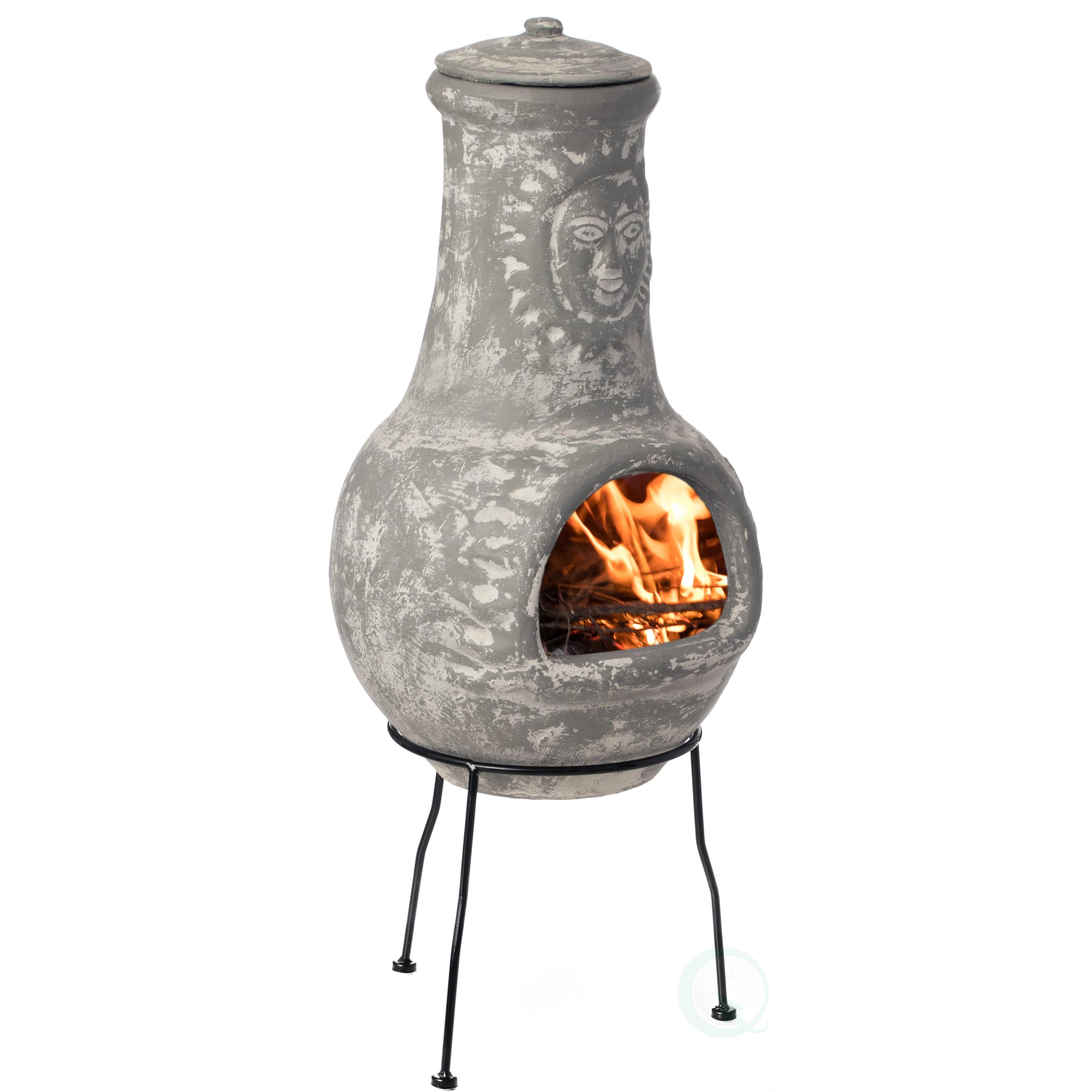
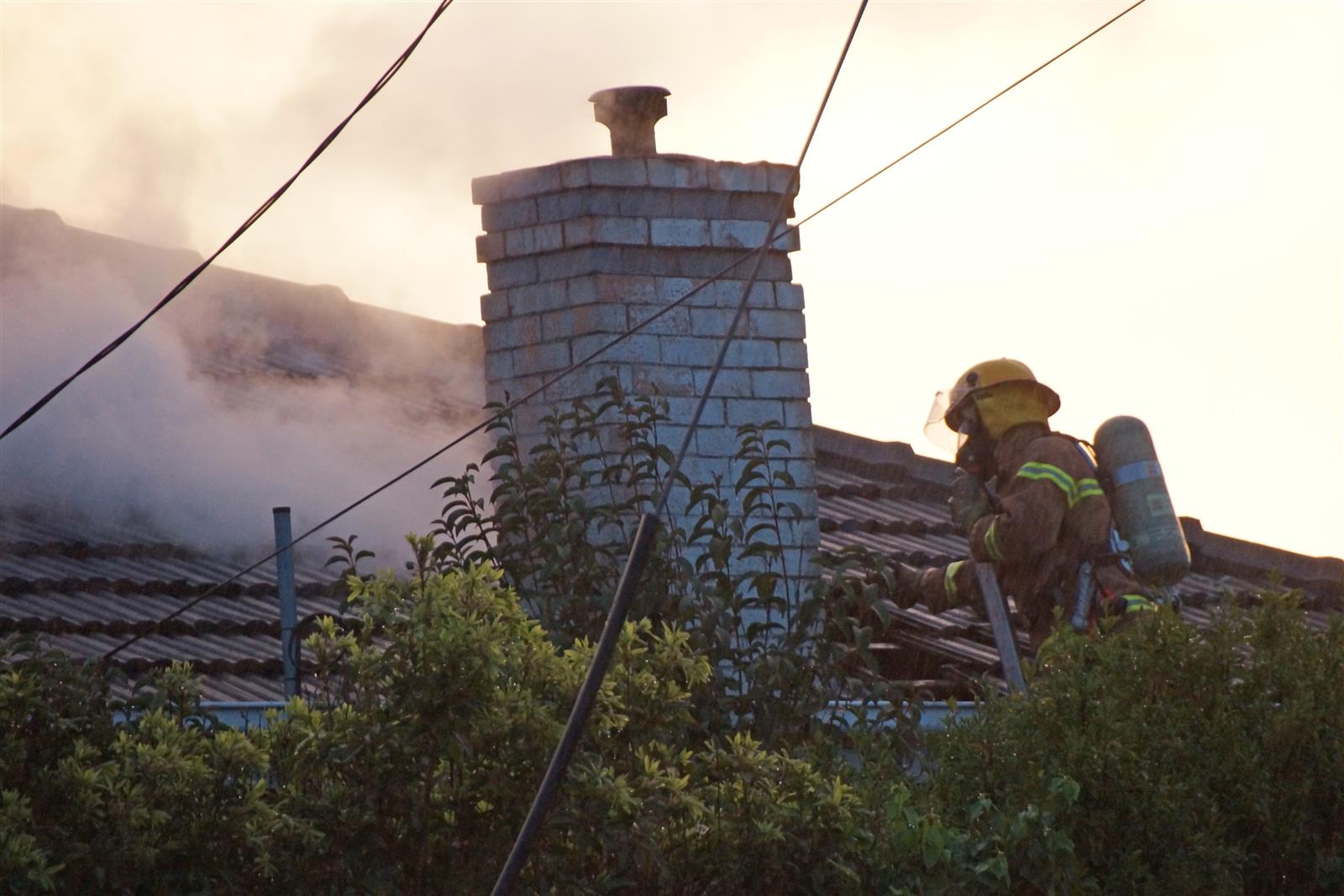
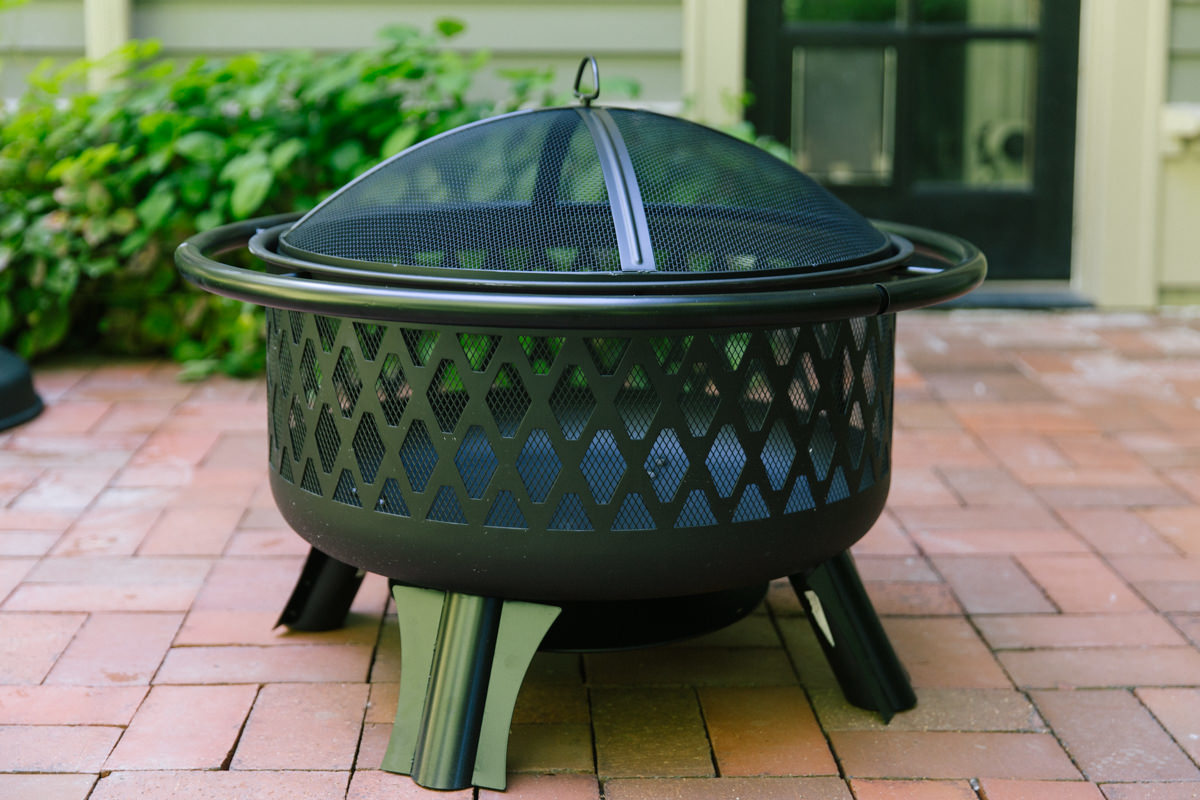
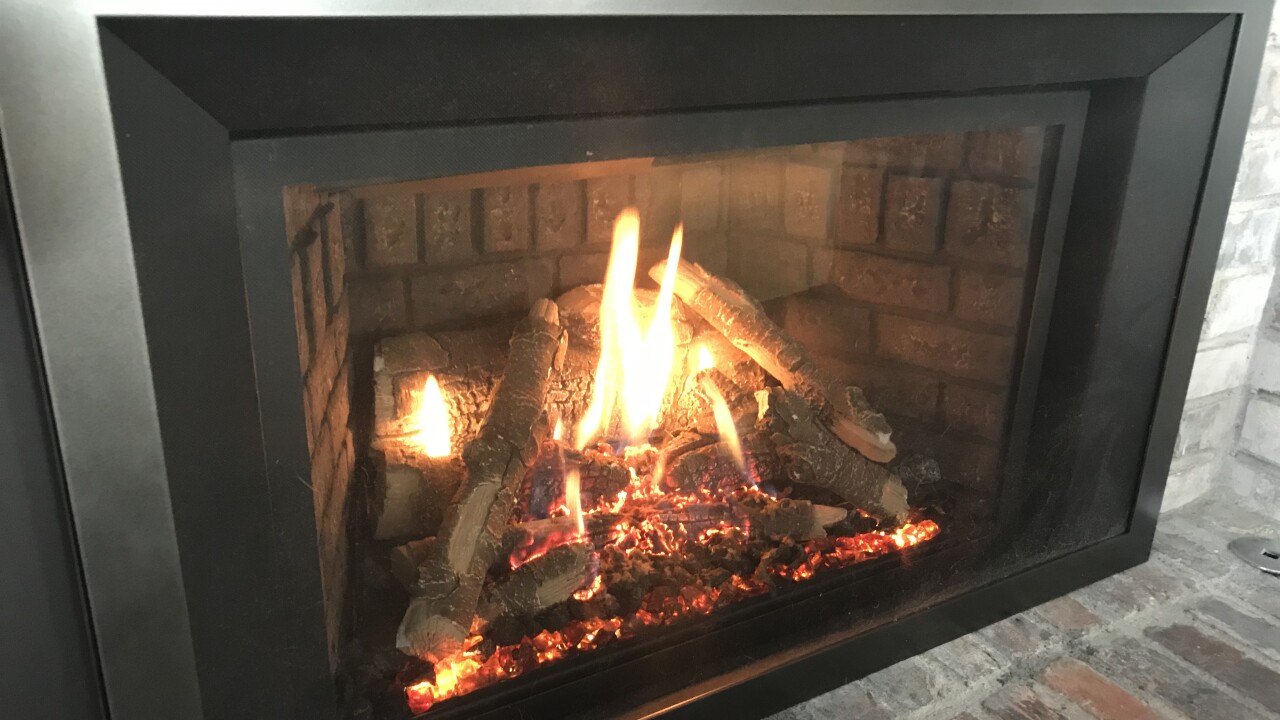
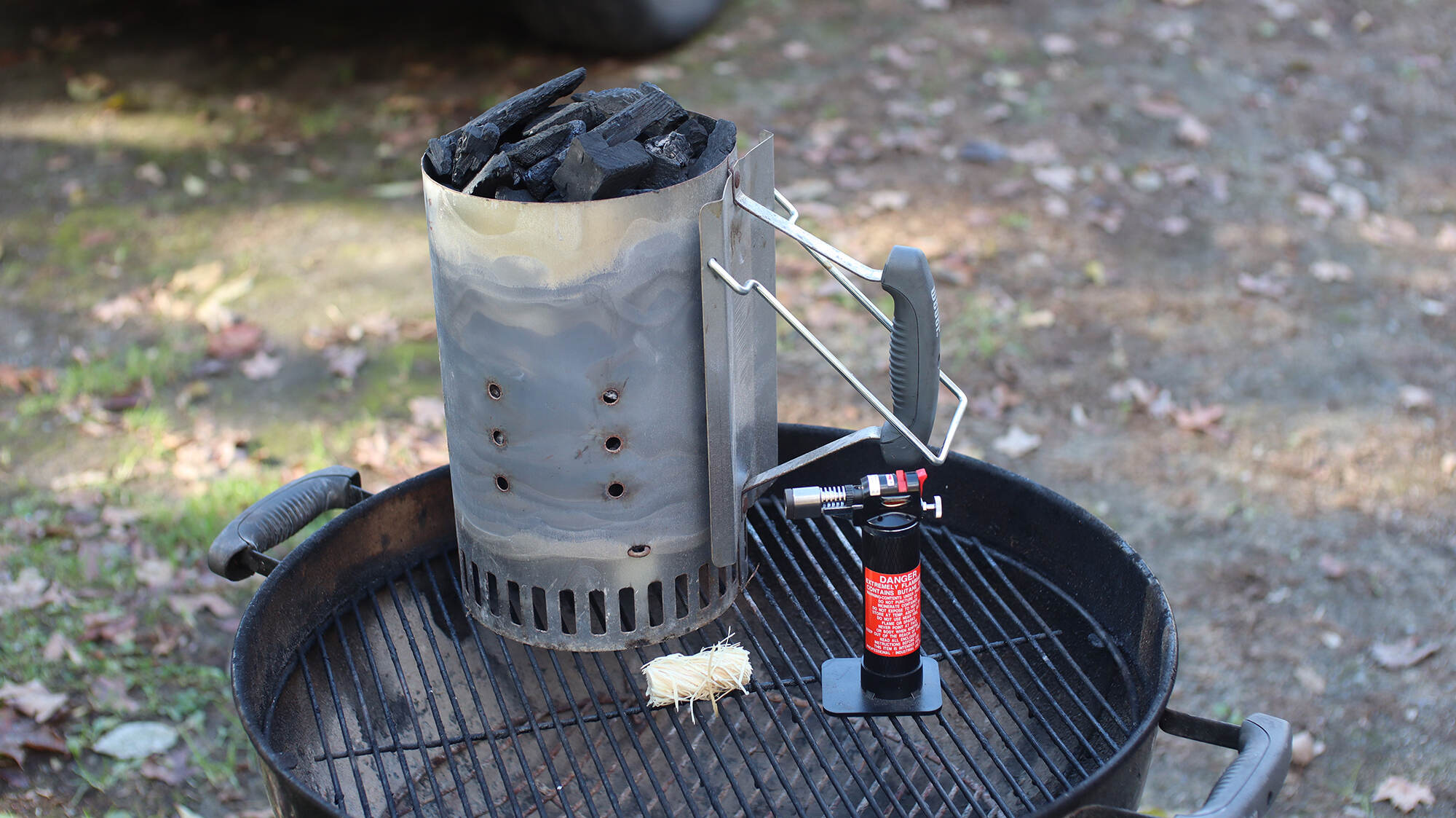
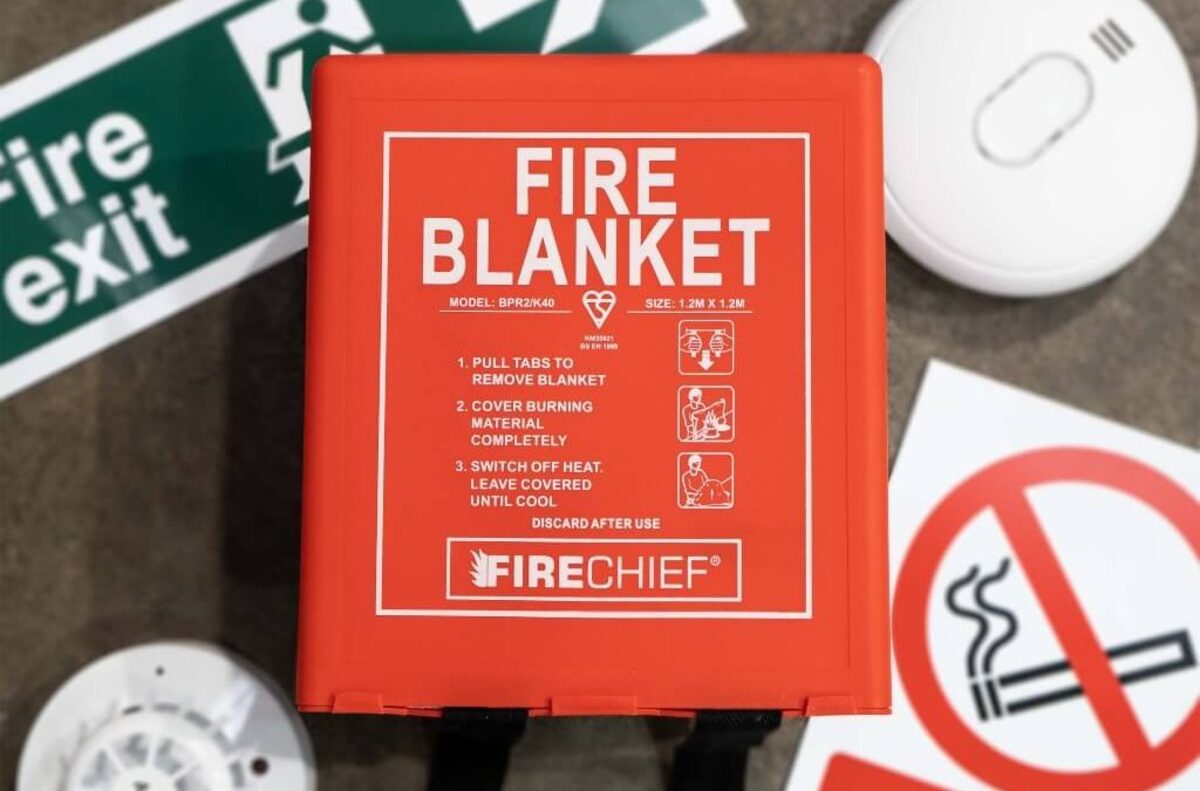
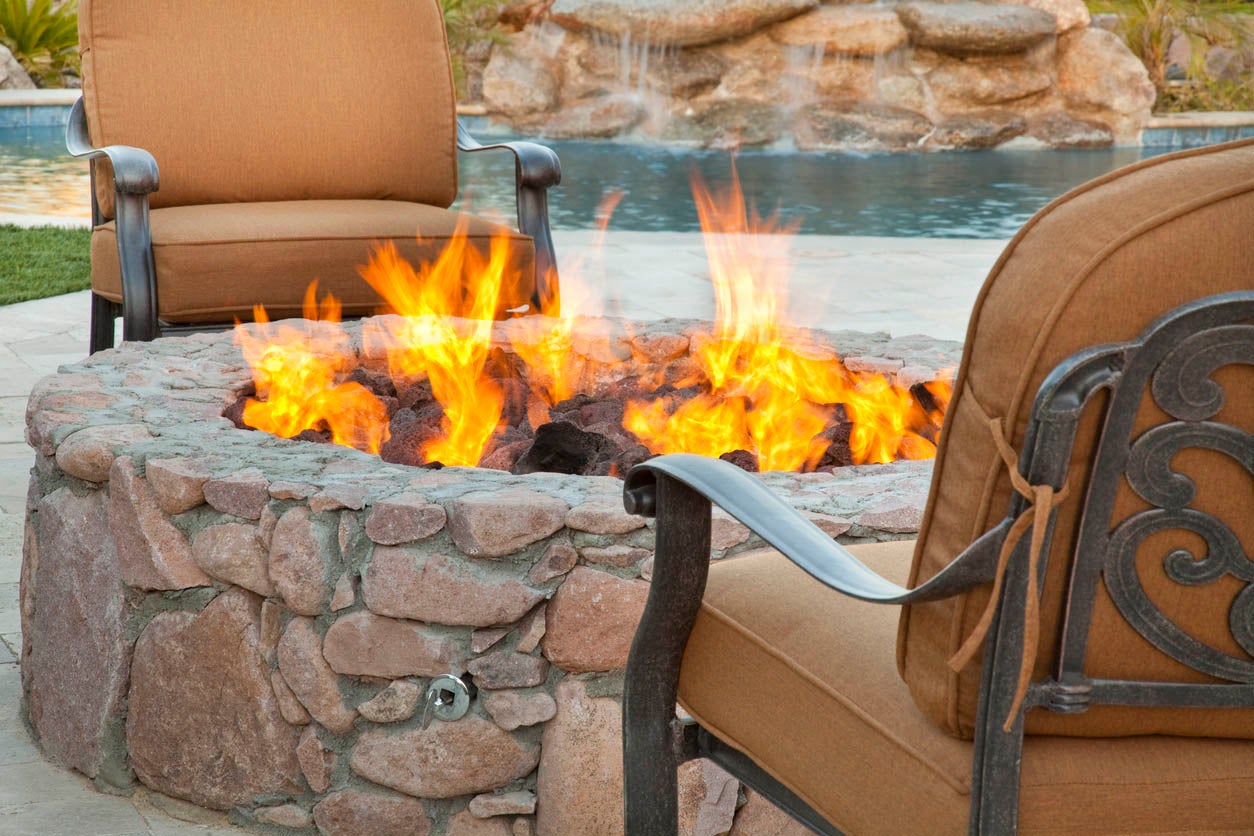
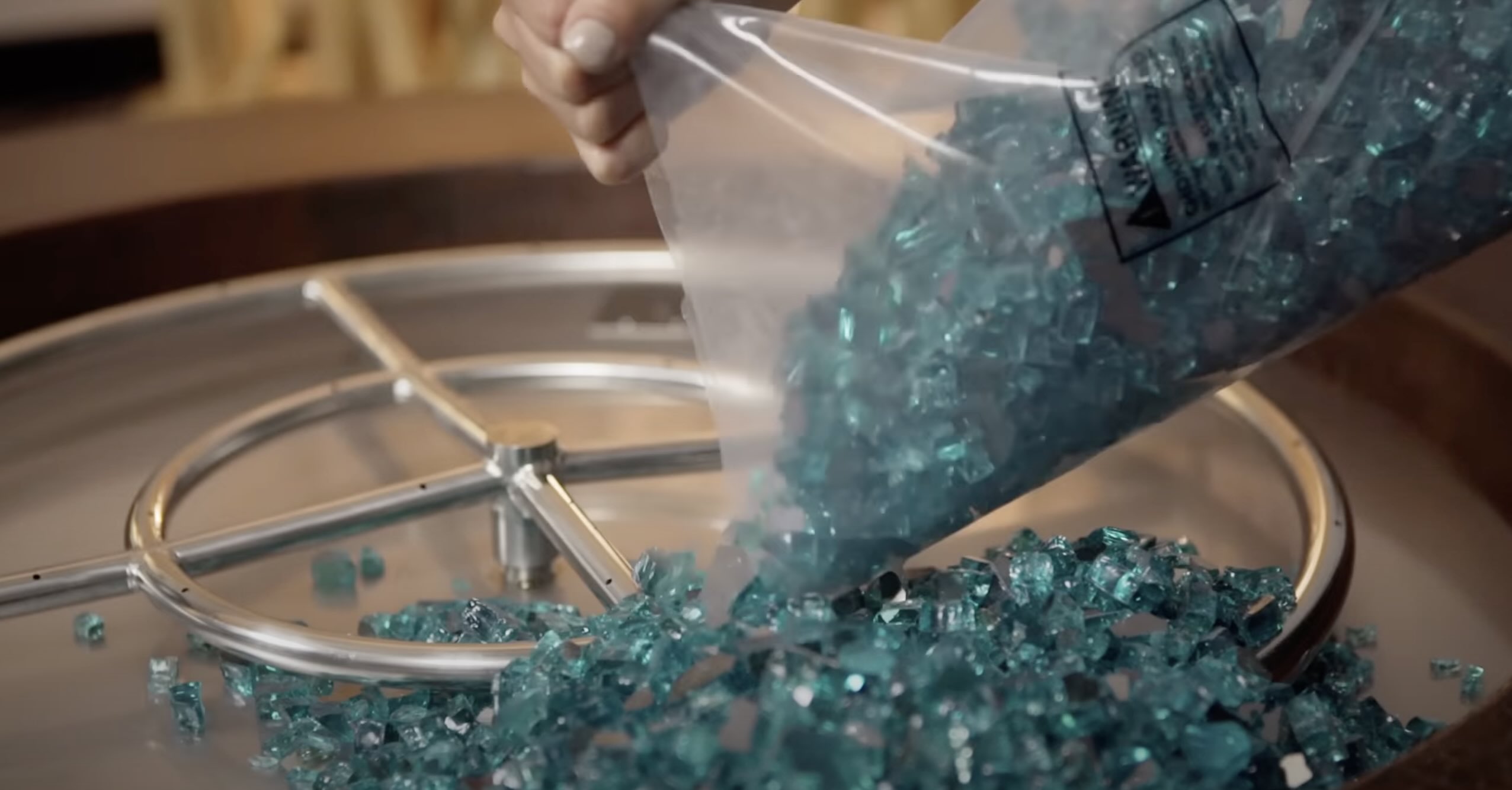


0 thoughts on “Ideally Which Should Be Used To Extinguish A Chimney Fire”